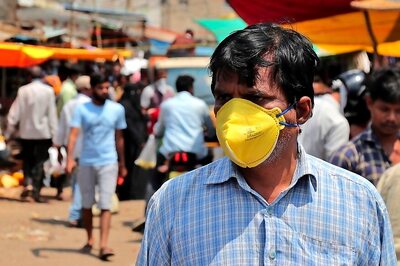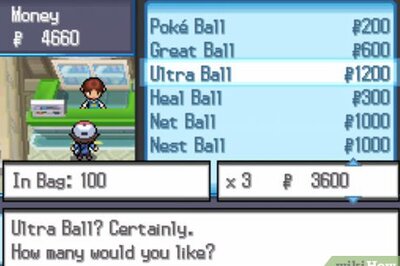
views
New Delhi: “There aren’t enough doctors, especially in rural areas. But that doesn’t mean the number of patients goes down,” said a 43-year-old doctor in Bengal’s Purulia district.
The summary underlines the problem at the heart of India’s crumbling healthcare system. From the attack on doctors in Bengal last month that catapulted to a political controversy to allegations of inadequate treatment at Bihar as it tried to deal with increased incidence of encephalitis, doctors have, time and again, flagged the issue.
Earlier this month, Union minister of the state for health Ashwini Choubey told the Rajya Sabha that there is one doctor for every 1,457 people, much lower than the World Health Organisation recommendation of 1:1000.
“But that doesn’t give you the full picture,” said the 43-year-old doctor, the only one at the Ajodha Hill Primary Health Care. On a daily basis, it sees 40-50 patients walking in to the OPD, primarily from the tribal communities living in villages in the forested hills of the region.
Once synonymous with malaria deaths, diarrhoea, the doctor said, was a burgeoning problem. “My family lives in Jhargram, nearly 150 km away. The government built the PHC… but there was just no doctor who was willing to come here,” he said.
By afternoon, the queue outside the OPD had grown. Mothers with their infant children, young men grimacing from wounds received while chopping wood, others worried that their fever could stop them working.
“Everyone here needs to work daily. Falling sick for a day means your savings are gone. Falling sick for longer could be devastating,” Kabita Pal (28), the nurse at the PHC, said.
The 43-year-old doctor referred to earlier admitted that he often wondered why he, unlike many of his colleagues, didn’t take up lucrative jobs in private hospitals. Almost 1,300 km away, doctors at All India Institute of Medical Sciences (AIIMS) in Delhi admitted that, they too, often asked themselves the same question.
Doctors estimate that a total of 12,000-15,000 patients receive treatment from the outpatient clinics daily. In Ram Manohar Lohia Hospital (RML), the largest in the capital after AIIMS, doctors estimate that the outpatient clinics treat 7,000-8,000 patients every day. Almost exactly a year ago, the Union health ministry’s decision to run the outpatient department at Safdarjung Hospital for 12 hours daily, instead of five hours, immediately led to protests from doctors. They, almost unanimously, pointed out that they weren’t against the move. “But it can only succeed if there are enough doctors and even in Delhi, you have shortages,” said a senior doctor at AIIMS.
The problem, doctors at AIIMS and RML explain, isn’t simply one of inadequate doctors, but a question of faith.
“The system has deteriorated to such an extent, that doctors don’t want to be posted at the primary and community centres. On the other hand, patients have also lost faith. So they all head to tertiary healthcare centres like AIIMS.”
Choubey had told the Rajya Sabha that it was estimated that a doctor-population ratio of 1:868 could be achieved. This he argued was possible by adding the 7.88 lakh Ayurveda, Unani and Homeopathy (AUH) doctors in the country to the existing allopathic doctors.
But doctors argued that the malaise runs deeper.
Take for instance, the issue of specialist doctors (surgeons, OB & GYN, physicians, paediatricians) at Community Health Centres (CHC). The posts at Mizoram, Sikkim, Andaman and Nicobar Islands, Lakshadweep, Dadra & Nagar Haveli, and Daman & Diu were completely vacant, while Arunachal Pradesh, Chhattisgarh, Gujarat, Haryana, Himachal Pradesh, Kerala, Manipur, Meghalaya, Nagaland, Tripura, Uttar Pradesh and West Bengal have a shortfall of above 90 per cent, as per Union health ministry data.
Even states like Jharkhand where the requirement-sanctioned strength ratio is 100 per cent, the data said that there was a vacancy of 86.5%, with 592 posts vacant.
With respect to physicians at CHCs, the shortfall across India was 86 per cent, with Mizoram, Sikkim, Tripura, Andaman & Nicobar Island, Dadra & Nagar Haveli, Daman & Diu and Lakshadweep having 100 per cent shortfall till March 31, 2018, it added.
Thirteen states -- Gujarat, Haryana, Himachal Pradesh, Kerala, Uttar Pradesh, Tamil Nadu, Odisha, Nagaland, Manipur, Chhattisgarh, Bihar and Arunachal Pradesh -- had above 90 per cent of shortfall till March 31, 2018, it added.



















Comments
0 comment